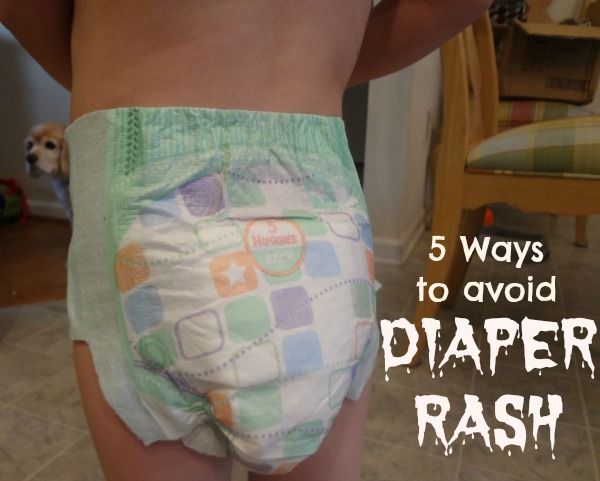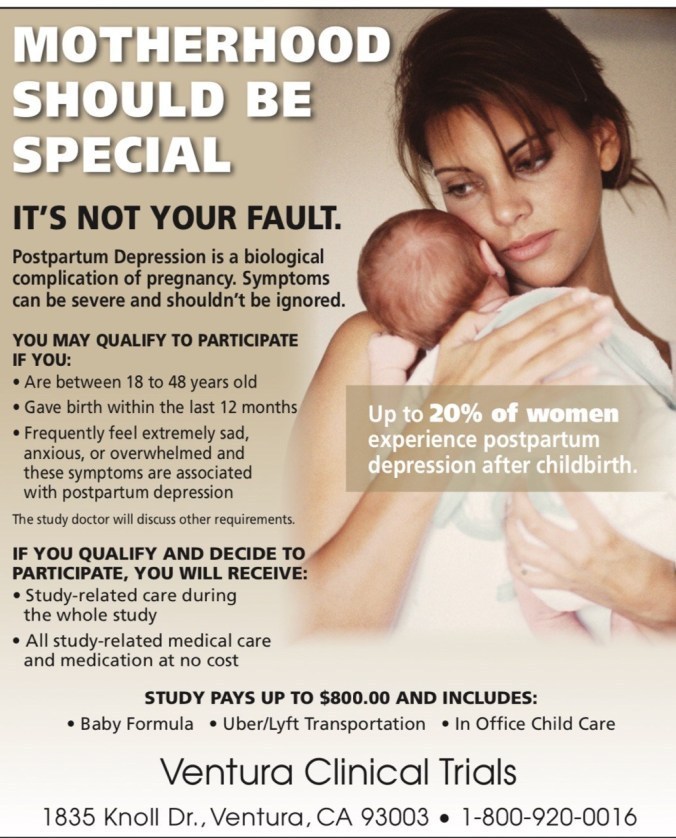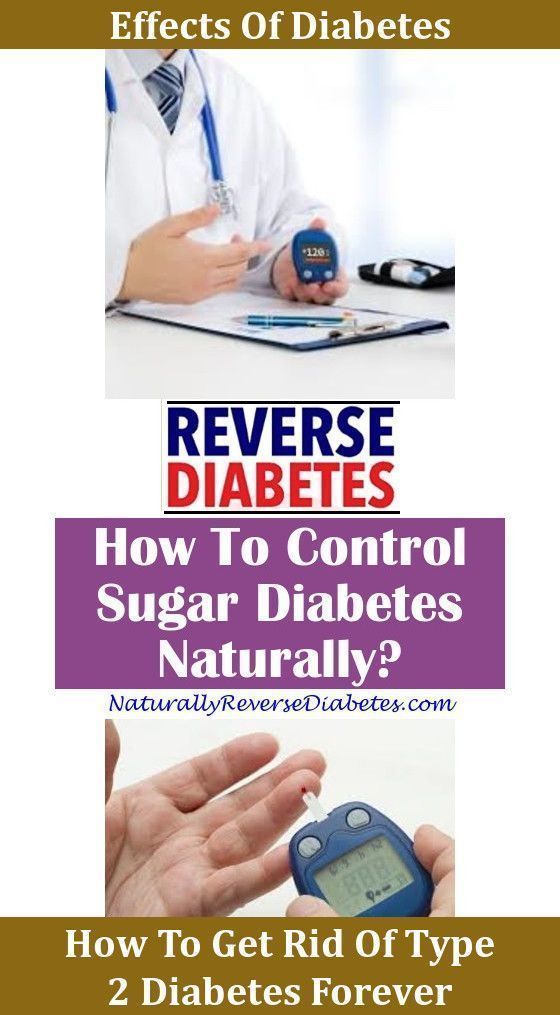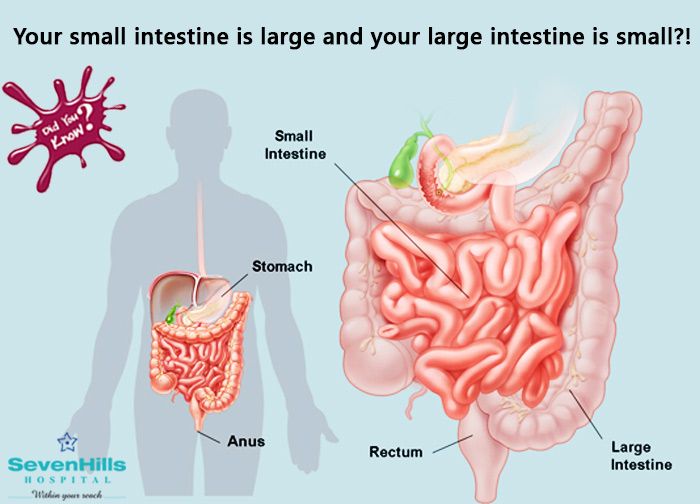Diaper rash dairy
Are you sure it’s lactose intolerance and not delayed cow’s milk allergy?
10/10/2013 9:59:36 AM
A large number of parents I come across tell me their baby has lactose intolerance. Unfortunately, this may not be the case as lactose intolerance in babies is usually only secondary to another condition.
Lactose intolerance usually occurs after a stomach infection (gastroenteritis), which causes damage to the cells that produce the enzyme lactase in the small intestine. This enzyme digests lactose, the sugar found in breast milk, infant formula and cow’s milk. If there isn’t enough of the lactase enzyme, undigested lactose moves through the gut into the large intestine. Here, bacteria ferment the sugar to produce lactic acid and gases. These can cause abdominal distension and pain. Lactose and lactic acid attract water, so symptoms of loose, watery diarrhoea are usually present. It also makes the stools acidic and so can cause nappy rash.
Using a low lactose formula for 6-8 weeks helps the gut to recover and produce more lactase, and then your baby can tolerate normal formula again. If you are breast feeding, you can give your baby some lactase enzyme before, during and at the end of the feed. Cutting out dairy products from a breast feeding mum’s diet will not change the type or quantity of sugar in breast milk – the sugar in breast milk will only ever be lactose.
Many parents tell me they also had lactose intolerance as a child. However, there are only 2 forms of lactose intolerance that can be inherited:
i) Congenital lactose intolerance which is so rare most paediatricians will never see a case
ii) Primary lactose intolerance which doesn’t tend to cause symptoms until primary school age
If there is a family history of symptoms associated with milk; either breast milk, infant formula or cow’s milk, it is far more likely to be due to a delayed cow’s milk allergy (non-IgE mediated).
Immediate type reactions (IgE mediated) such as hives and facial swelling are much easier to identify and tend not to be confused with lactose intolerance.
If your baby has a cow’s milk allergy, it means their immune system is over-reacting to the proteins present in cow’s milk. In lactose intolerance, it is the sugar in the gut that is not digested properly, and the immune system is not involved.
Why can’t you test to see if it’s lactose intolerance or cow’s milk allergy?
Tests such as reducing substances and low pH in stools, or a hydrogen breath test will tell you whether your baby or child may be suffering from lactose intolerance, but it does not tell you whether the lactose intolerance is due to cow’s milk allergy.
Unfortunately there are no tests available to determine whether your baby or child has delayed cow’s milk allergy (reaction usually happens 2 hours or more after ingestion). Immediate reactions can be confirmed with a skin prick test or blood test. For delayed reactions, the suspected allergen (e.g. cow’s milk protein) has to be removed from the diet for a period of 2-6 weeks to see if the symptoms go away, and then it is put back in to see if the symptoms come back. This gives the diagnosis of delayed cow’s milk allergy. If you want to investigate this, please discuss with your GP or childrens health team. See my article on allergy testing – the right and wrong ways.
Immediate reactions can be confirmed with a skin prick test or blood test. For delayed reactions, the suspected allergen (e.g. cow’s milk protein) has to be removed from the diet for a period of 2-6 weeks to see if the symptoms go away, and then it is put back in to see if the symptoms come back. This gives the diagnosis of delayed cow’s milk allergy. If you want to investigate this, please discuss with your GP or childrens health team. See my article on allergy testing – the right and wrong ways.
The confusing thing is that using a lactose free formula can improve the symptoms of loose stools, nappy rash, abdominal distension and pain. This is because you can get lactose intolerance due to gut inflammation (intestinal mucosal injury) caused by untreated cow’s milk allergy. Children under 2 years of age are very susceptible, due to
- the high sensitivity of their gut
- low reserve of lactase due to a small intestinal surface area
- large intake of milk and dairy products.
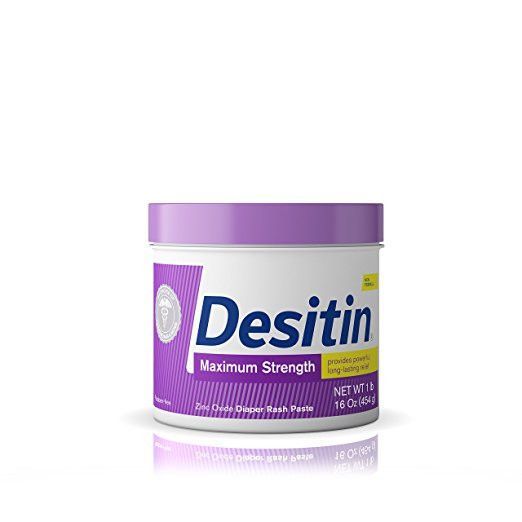
If you take out lactose, you are treating some of the symptoms, but you are not treating the underlying cause. Therefore your baby cannot tolerate a normal formula after the expected 6-8 week period, as the cow’s milk protein continues to cause gut inflammation and on-going lactose intolerance.
Unfortunately, there seems to be an increasing trend for lactose free formula to be prescribed as an alternative to soya formula, despite no recent history of gastroenteritis. This is likely to be due to a combination of cost, palatability and lack of understanding of the symptoms and management of cow’s milk allergy.
Soya formula is both cow’s milk protein and lactose free but is not recommended for babies under 6 months of age due to the presence of phytoestrogens, which may pose a risk to their long-term reproductive health. There is also a high risk of cross-reactivity between cow’s milk and soya in babies with gut allergy symptoms so that a number of these babies end up having to avoid both soya and cow’s milk products.
The following table of symptoms should help you identify whether your baby is more likely to have a cow’s milk allergy or lactose intolerance
| Symptoms of lactose intolerance | Symptoms of cow’s milk allergy |
|
|
If you are concerned that your baby or child may have cow’s milk allergy, please seek advice from a health professional experienced in food allergy.
Further information is available from:
http://www.patient.co.uk/health/lactose-intolerance
Nottinghamshire Area Prescribing Committee (APC) have published two guidelines: http://www.nottsapc.nhs.uk/index.php/clinical-guidelines
1) Guidance on the diagnosis and management of lactose intolerance and prescription of low lactose infant formula (‘L’ for lactose)
• Patient information leaflet for the management of secondary lactose intolerance in Nottingham is also available.
2) Guidance on the diagnosis and management of cow’s milk allergy (‘C’ for cow’s milk)
"Our mission is to provide a patient-centred service that supports early recognition,
diagnosis and treatment of food allergy in children, thereby enhancing quality of life"
Follow FANS
What's Behind Your Baby's Diaper Rash? – Cleveland Clinic
If you have a baby, you know about unpleasant occurrence of diaper rash. While it’s a common problem, even a mild case can upset you — and irritate your little one.
While it’s a common problem, even a mild case can upset you — and irritate your little one.
When you’re changing a diaper and find a red, painful-looking bottom, it’s not only important to know how to treat it, but also how to avoid recurrence. Often, this involves basic care adjustments, but sometimes, it can be harder to pinpoint the source of the problem, especially if it’s related to food or skin allergies.
Pediatrician Jacqueline Kaari, DO, explains what to watch for, how to avoid making diaper rash worse and when you should suspect that allergies are involved.
Deciphering the diaper rash: first steps
According to the American Academy of Pediatrics, “more than half of all babies between 4 to 15 months of age will develop diaper rash at least once in a two-month period.” So you’re not alone if you and your baby are occasionally struggling with an outbreak.
“It’s a quality-of-life issue for the child who is miserable, and for the parents who want to help but are not getting any sleep,” Dr. Kaari says.
Kaari says.
She says to first look for the most common cause of diaper rash, which is a baby wearing a wet or soiled diaper for too long. It’s important to pay attention to a few diapering basics before looking for other causes.
Basic care tips for your baby’s diaper rash
Research suggests that diaper rash is less common with disposable diapers, but what’s more important than the type of diaper is how often you change it.
Before you consider allergies as a culprit, check to see if you are doing the following:
Advertising Policy
- Change your baby’s wet or soiled diaper as soon as possible. “That’s the best strategy to prevent diaper rash,” Dr. Kaari says. Be especially vigilant if your child has diarrhea or is taking an antibiotic (or if you’re a nursing mother taking an antibiotic). Antibiotics can cause loose stools and extra irritation.
- Apply a protective ointment or cream. Look for products containing zinc oxide or petroleum jelly to use and apply when changing a diaper.
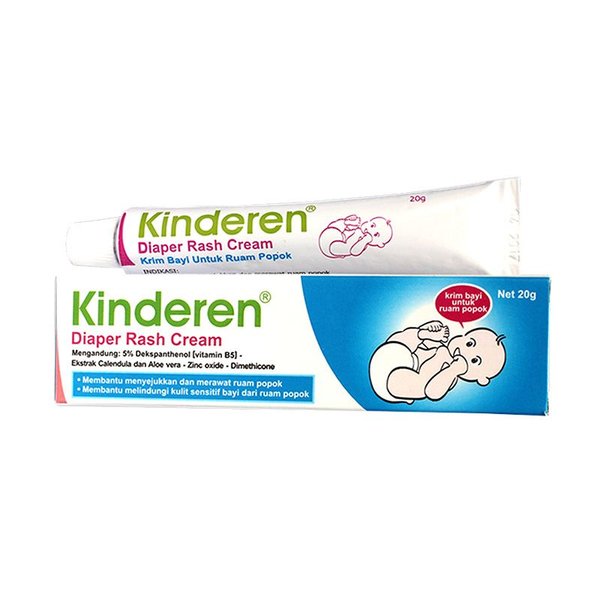
- Let your baby go without a diaper at home whenever possible. This exposes their bottom to fresh air.
Watch for allergies and other factors
Besides the most obvious, there are several other factors that may leave your baby with a red bottom:
1. Disagreeable diapers or wipes. A certain brand of disposable diaper or baby wipe could irritate the skin.
Tip: “While they may outgrow the irritant, the best thing is to try a different product,” Dr. Kaari says. “The simplest strategy is trial and error — eliminate one variable at a time.” Use water wipes or a soft cloth with water to clean their bottom. If your baby’s bottom is red, try to avoid using regular baby wipes to clean the area. These may cause further irritation.
2. Irritating detergent. The laundry detergent used to wash cloth diapers is sometimes the culprit, but if this is the case, your child is also likely to have a rash elsewhere on the body.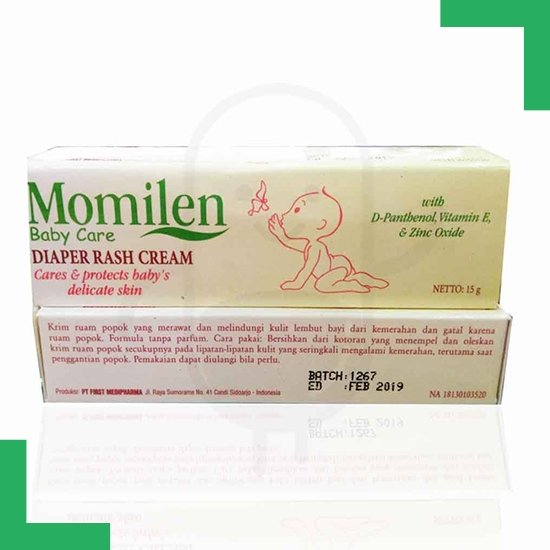
Tip: Use detergents labeled scent/fragrance-free and dye-free to wash your baby’s diapers and clothes. Stick with one brand if you suspect soap is irritating your child’s skin.
3. Harmful heat. Hot, humid weather or overdressing a child for the weather can cause a heat rash in the groin area. However, as with detergent, the rash is likely to also show up elsewhere, particularly on the neck, armpits and elbow creases.
Tip: Of course you want to keep your baby warm enough, but it’s possible to overdo it.
In cold weather, check on your baby and loosen clothing as needed when you’re moving from your car to stores or restaurants and back. In hot weather, a diaper is often enough, but use sunscreen and shade when you’re outside. And bring an outfit for air-conditioned spaces.
Advertising Policy
4. Unfriendly food. Your child may have a food sensitivity or allergy, but other symptoms besides diaper rash are also likely in this case.
“For instance, a child having an adverse reaction to cow’s milk is likely to also have blood in the stool, hives, swollen lips and/or wheezing,” says Dr. Kaari.
Tip: To prevent food allergies, doctors recommend that children avoid milk before age 1 and eggs before age 2.
Know when to call for help
Despite all your best efforts, a child can still develop a diaper rash, either gradually or suddenly. If that happens, clean the area gently with soap and a soft cloth. Avoid rubbing and always be sure to pat the area completely dry.
Call your pediatrician if the rash:
- Persists for three days or gets worse.
- Is more red-dotted than solid red, indicating a possible yeast infection.
- Contains skin that is breaking down and not intact.
- Is accompanied by a fever.
“If there’s any question in your mind, bring them in to see their pediatrician,” says Dr. Kaari, adding, “I tell my parents that about anything.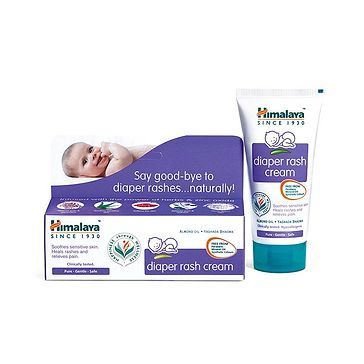 ”
”
15 Best Home Remedies for Baby Diaper Rash | BuyMama Moscow
Diaper rash are red spots and scales in the genital area of babies, buttocks. Although this is a common problem, it needs to be addressed. If you have a newborn baby at home, you need to know how to prevent rashes and diaper rash if you want your baby to be completely healthy.
What causes diaper rash in babies
The following are some common causes of diaper rash in babies:
- Diaper doesn't fit and rubs
- You leave a wet or dirty diaper on your baby for too long
- Yeast infection
- Bacterial infection
- General irritants such as soap and wipes
15 natural diaper rash remedies
Wet and dirty diapers are the main cause of rashes in babies. From blisters and itching to tiny pimples and flaky skin, untreated diaper rashes can lead to bacterial infections in babies and cause discomfort.
1. Coconut oil
Coconut oil is known for its antifungal and antibacterial properties and is one of the most effective remedies for diaper rash in babies.
Rinse your baby with warm water and dry with a soft towel. Then take half a tablespoon of coconut oil and apply it on the rash.
2. Vinegar
Because urine is alkaline in nature, it can irritate a baby's skin if they wear a wet diaper for too long. Mix one and a half cups of vinegar in bath water and wash your baby.
You can also mix one teaspoon of white vinegar in a glass of water, soak a tissue in the solution, and wipe the skin. This method can be used every time you change a diaper.
3. Breast milk
Breast milk is an effective remedy for diaper rash. All you have to do is apply a few drops of breast milk to the affected area and let them dry on their own. For best results, put on fresh diapers as soon as you have tried this remedy.
4. Keep your baby clean
When bathing your baby, use a mild baby soap and change diapers as often as possible. Do not use alcohol wipes.
5. Cornstarch
Cornstarch absorbs excess moisture and keeps your baby's skin dry.
First wash the child, pat dry with a clean towel. Apply some starch to the affected area of the skin and gently put on a new diaper. Do this every day until the rash is gone.
6. Vaseline
Babies get their diapers dirty from time to time, which further worsens their rash. To treat a rash, wash your child, pat dry with a cotton towel, and apply a thin layer of petroleum jelly to the affected area. Vaseline will protect the affected area from the damage caused by urine and feces, thus preventing diaper rashes. Change diapers frequently and use petroleum jelly until the rash disappears.
7. Have an oatmeal bath
Oatmeal is a proven remedy for rashes. It provides pain relief.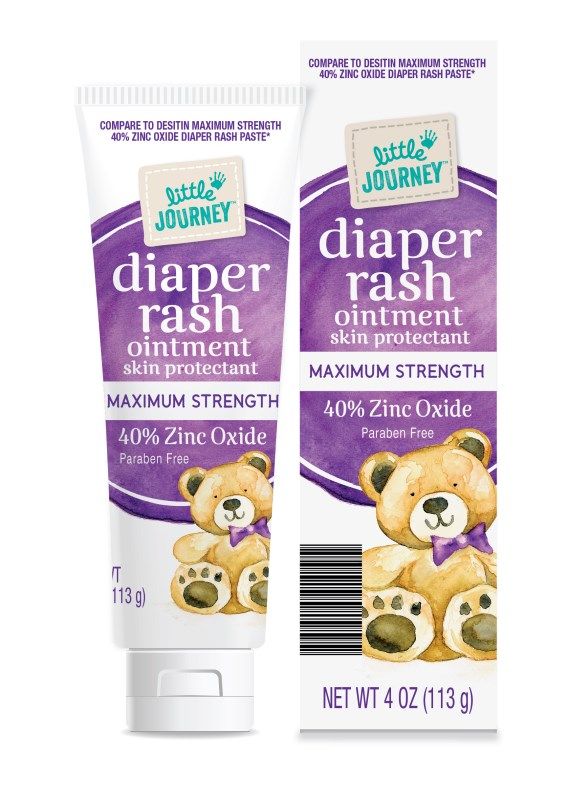 You can take a tablespoon of dry oatmeal and mix it in your bath water. Let your child sit in the tub for 5-10 minutes. Then wipe off his skin. Be careful not to rub, as rubbing will only make the condition worse. If the rash is severe, try using this remedy twice a day for best results.
You can take a tablespoon of dry oatmeal and mix it in your bath water. Let your child sit in the tub for 5-10 minutes. Then wipe off his skin. Be careful not to rub, as rubbing will only make the condition worse. If the rash is severe, try using this remedy twice a day for best results.
8. Time without diapers
One of the main causes of rashes in children is the lack of air circulation around the lower body. Therefore, you should definitely give your baby time during the day when he can go without a diaper.
Airing will cure the rash much faster.
9. Chamomile tea and honey
A mixture of chamomile tea and honey acts as an antiseptic for diaper rash. Eliminates rashes and heals the skin. Mix about two cups of chamomile tea with a teaspoon of honey and spray this mixture daily on the rash to help it heal quickly.
10. Aloe Vera
If the rash is accompanied by severe inflammation, then you should use aloe vera gel. You can use fresh aloe vera gel or store-bought aloe vera gel - both are natural and will provide relief to your child.
You can use fresh aloe vera gel or store-bought aloe vera gel - both are natural and will provide relief to your child.
11. Baking soda
Baking soda helps balance the pH levels and removes unwanted bacteria and fungus from baby's skin. Mix two tablespoons of baking soda in warm water and rub your child's rash regularly with this solution.
12. Tea tree oil
The antiseptic and antibacterial properties of tea tree oil make it an excellent remedy for diaper rash in babies. Take about three drops of this oil and mix it with a carrier oil like coconut oil.
13. Essential oil spray
The essential oil blend is also good for treating diaper rash in babies. Mix almond oil, tea tree oil, and lavender essential oil with a little water and store it in a spray bottle. Use this spray on affected areas for effective results.
14. Yogurt
Plain yogurt (meaning no added sugar or cornstarch) can be used to treat diaper rash and inflammation. Apply a thick layer of yogurt to the affected area and the rash will clear up in a couple of days. You can use plain yogurt in the same way as diaper rash cream. Use room temperature yogurt on the affected area, then put on a diaper.
Apply a thick layer of yogurt to the affected area and the rash will clear up in a couple of days. You can use plain yogurt in the same way as diaper rash cream. Use room temperature yogurt on the affected area, then put on a diaper.
15. Epsom salt
Epsom salt is known for its high magnesium content and anti-inflammatory properties. Mix half a cup of Epsom salt with warm water and let steep for 10-15 minutes. After that, have a bathing session and repeat this two to three times a week.
When to see a doctor?
Diaper rash usually heals and disappears within a few days. Most parents resort to home remedies for diaper rash, but they are not always effective. You should take your child to the doctor if you notice the following symptoms in your child: fever, skin blistering, swelling, rash that does not go away for several days despite treatment.
Dairy products for adults - harm or benefit?
About the question of whether or not adults should drink milk, not a dozen copies broke. Some talk about the insane benefits of milk. After all, milk is life itself. Others that milk and adults are incompatible things.
Some talk about the insane benefits of milk. After all, milk is life itself. Others that milk and adults are incompatible things.
Who is right in this dispute?
But first, let's define some terminology.
Many people confuse - they call lactase deficiency lactose. This is not true. There is no such term as lactose intolerance.
Correct to say:
- lactose intolerance
- lactase deficiency
- lactose intolerance
- Lactase deficiency
Everything is simple. A person lacks the enzyme lactase, so he has lactose intolerance - a substance that this same enzyme breaks down.
Now back to our milk.
Are milk and milk products normal food for an adult?
One of the main arguments of opponents of eating dairy products is the unnaturalness of this type of food for humans.
And that's right. If you think about it, humans are the only living creatures on planet Earth that drink milk as adults, not only milk from their own species, but also from other mammals.
Milk is designed to quickly raise newborn offspring. But an adult does not need a quick cultivation. So why does he drink milk then?
Before the agricultural revolution, people drank milk, but in the same way that all other mammals on the planet do. That is, only the breast milk of their mothers in infancy. In other words, the human species was formed in the complete absence of milk feeding in adulthood.
Everything is clear and logical.
However, scientific studies show that since people in many regions of the Earth have been eating dairy products for many thousands of years, their genes have changed. And now, even as adults, they are able to absorb milk much more efficiently than their distant ancestors or those members of the human race who come from "non-dairy" regions.
Why is milk and some dairy products so difficult for adults to digest?
Milk's main carbohydrate is lactose, or "milk sugar," made up of two simple sugars, glucose and galactose.
In infancy, the human body produces the enzyme lactase, which successfully breaks down lactose in mother's milk. But as a person ages, lactase production decreases, the ability to absorb lactose decreases and may even disappear altogether.
At the moment, it has been established that 75% of the human population on the globe is not able to absorb lactose in adulthood, that is, it has lactose intolerance (lactase deficiency). Not everyone has this intolerance expressed strongly. But to one degree or another, it happens to many.
I must say that in different regions of our planet, lactose intolerance has a different distribution.
As can be seen from the data presented in the figure, our country, Europe, North America and Australia suffer from lactose intolerance much less than Asia, Africa and South America.
Symptoms of lactase deficiency in adults
Symptoms of lactose intolerance in adults range from severe to mild, depending on how much of the lactase enzyme the body can produce.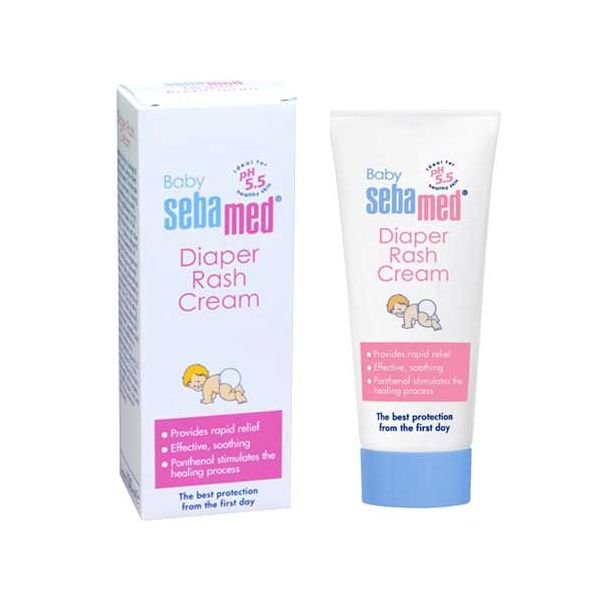
Symptoms of the disease begin to appear in the range from 30 to 120 minutes after dairy products enter the gastrointestinal tract.
Symptoms of lactase deficiency include:
- bloating
- pain (usually cramping) in the lower abdomen
- rumbling in the stomach and passing gases
- diarrhea (sometimes loose, foamy stools)
- nausea and vomiting.
Usually the symptoms of lactase deficiency increase with age. And, getting older, a person who calmly drank milk in his youth may lose the opportunity to even eat ice cream. This is a completely normal development. No worries.
Symptoms of lactase deficiency in infants
Lactase deficiency in infants is very rare. The symptoms of this condition are:
- severe diarrhea with foamy stools
- vomiting
- dehydration
- diaper rash
- extremely slow weight gain
In addition to lactose intolerance, there is also a food allergy to the protein components of milk.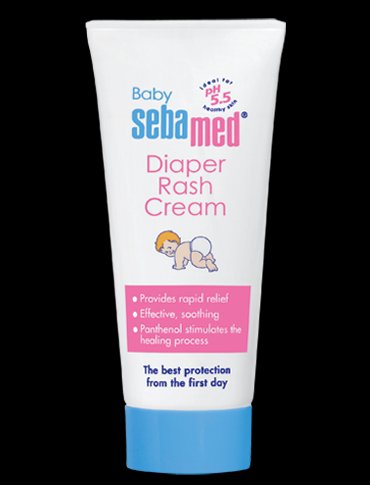 Unlike lactase deficiency, which is more common in adults, food allergies usually manifest themselves in children.
Unlike lactase deficiency, which is more common in adults, food allergies usually manifest themselves in children.
Milk allergy symptoms
Symptoms of the development of an allergic reaction to milk protein occur in the period from several minutes to several hours after milk enters the body.
The first symptoms that appear are:
- urticaria
- shortness of breath
- vomiting
The following may appear:
- diarrhea (often bloody stools)
- abdominal cramps
- cough and wheezing when breathing
- runny nose and lacrimation
- rash around the mouth
- Infants have colic
Milk allergy is a much more dangerous condition than lactose intolerance. Potentially, it can end in death as a result of anaphylactic shock.
How to distinguish between lactose intolerance and milk protein allergy?
Usually you can make a diagnosis yourself at home simply on the basis of an anamnesis:
- intolerance increases with age and rarely manifests itself before adolescence - an allergy occurs in a child
- Deficiency symptoms include only gastrointestinal problems - allergies manifest as breathing problems and skin rashes
- symptoms of intolerance develop more slowly than an allergic reaction
- in case of intolerance, the symptoms are more severe, the more lactose has entered the body - the development of an allergic reaction occurs even with a microscopic ingestion of milk protein
- lactase deficiency does not manifest itself when consuming fermented milk products, cheeses, butter - an allergy to milk protein occurs when any dairy products are ingested
As you can see, there are quite a few differences, and they are significant.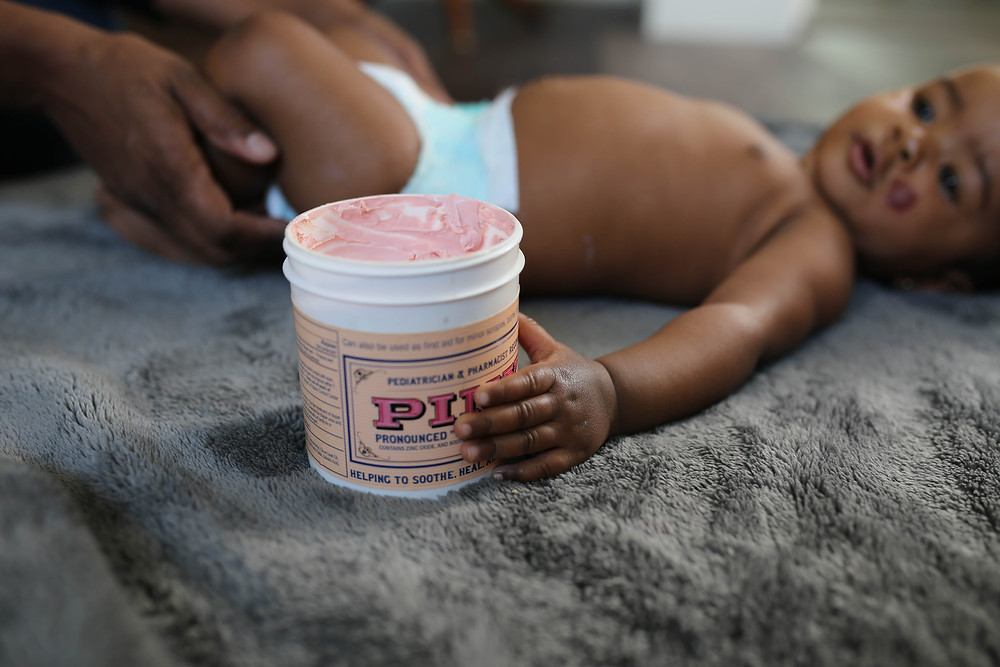 However, if we are talking about a very small child with a severe reaction to breast milk, the diagnosis should only be made by a doctor and only on the basis of tests.
However, if we are talking about a very small child with a severe reaction to breast milk, the diagnosis should only be made by a doctor and only on the basis of tests.
Is it okay to drink milk?
Both milk and cream can be drunk according to tolerance.
That is, if you digest milk very well, then you can drink it.
But if after a milk meal you feel some discomfort, you should not force yourself to consume this product, guided by the fact that it is supposedly useful.
If it's useful, it's not for you. Since with poor assimilation of any product, there can be no benefit from it in principle.
When it comes to milk, it is important to understand the following: natural milk is useful - not pasteurized and obtained from free-range cows.
You can't just buy milk like this in the store. The same milk that is sold in the store carries a very small amount of nutrients.
So, there is no reason to poison yourself with something that you do not absorb or absorb very hard.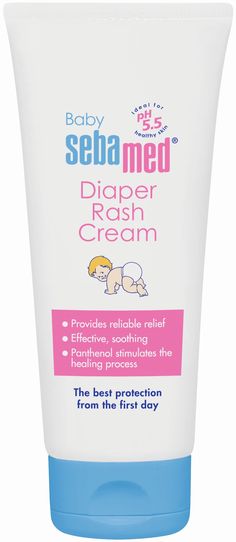
Which dairy products are good for you?
What dairy products can and should be eaten by almost everyone? Except for those who are allergic to milk protein.
- Butter, which is the same healthy saturated fat that protects a person from the occurrence of many diseases, including weight gain.
- Cheese also belongs to fatty foods, which, among other things, are one of the best snacks for weight loss.
- Fermented dairy products - kefir, yogurt, sour cream, etc. All of these foods contain probiotics, which are essential for proper weight loss and overall health.
Conclusion
When it comes to dairy products, about milk, you can not give some general advice - to drink or not. It all depends on your genetic code.
If you are created by nature itself to drink milk in adulthood, then drink.
If you have problems digesting milk, immediately eliminate it from your diet. But at the same time, do not refuse to use other healthy dairy products - butter, kefir, yogurt, cheese and sour cream.